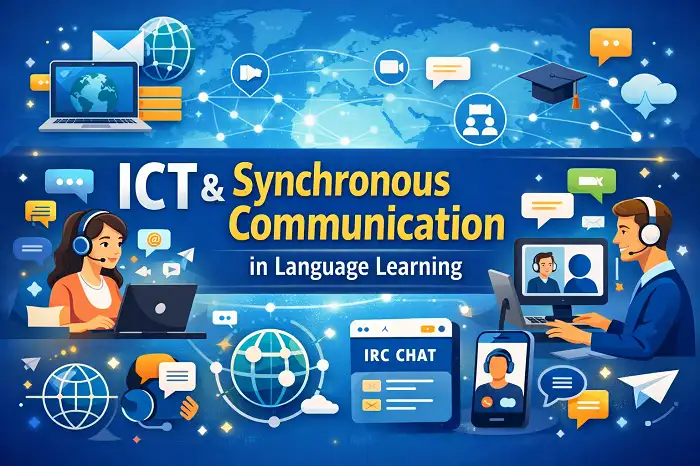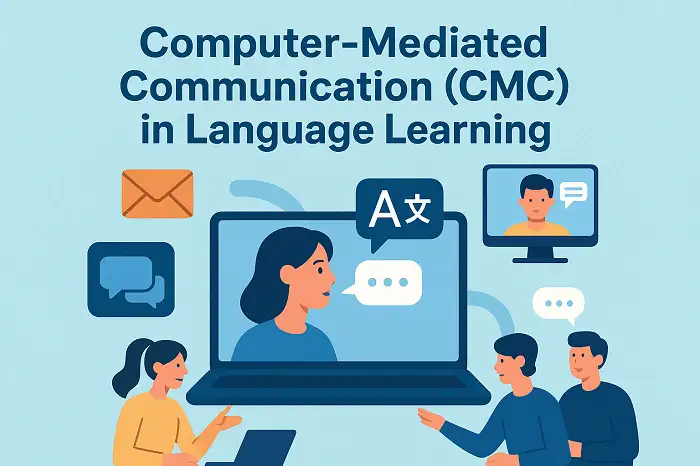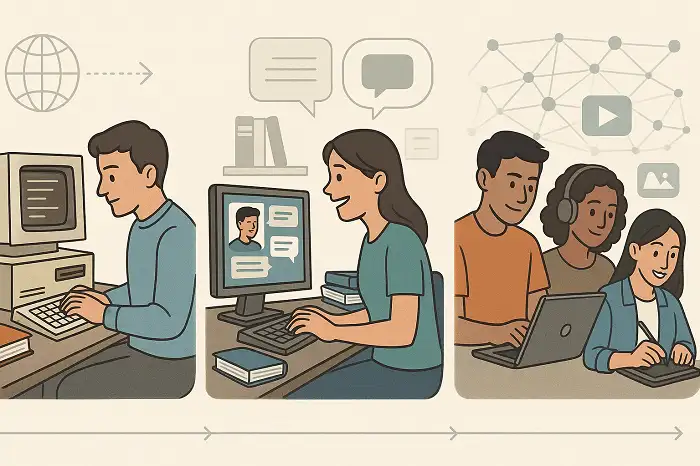Table of Contents
Processability Theory in second Language Acquisition with simple explanations for language teachers, educators and second language researchers.
Processability Theory
During the 1980s, an attempt was made to create a broader-based sequence of development, first called the ‘multidimensional model’, later the ‘processability model’, which believed that the explanation for sequences must lie in the expanding capacity of the learner’s mind to handle the grammar of L2 sentences.
Pienemann’s Processability Theory is best seen as a development of the Multidimensional Model, as it also seeks to explain what is known about acquisitional sequences in terms of a set of processing procedures. As Pienemann (2005, as cited in Ellis, 2008) put it “once we can spell out the sequence in which language processing routines develop, we can delineate those grammars that are processable at different points of development” (p. 2).
According to Pienemann (2005), the architecture of human language processing forms the basis of Processability Theory. In this perspective, the language processor is seen with Kaplan and Bresnan (1982, as cited in Pienemann, 2005) as the computational routines that operate on the native speaker’s linguistic knowledge.
Processability Theory primarily deals with the nature of those computational routines and the sequence in which they become available to the learner. From this perspective, according to Pienemann (2005), “the task of acquiring a language includes the acquisition of procedural skills needed for the processing of the language”.
In this response, “the sequence in which the target language unfolds in the learner is determined by the sequence in which processing routines develop which are needed to handle the TL’s components” (p. 2).
According to Glahn, Hakansson, Hammarberg, Holmen, Hvenekilde and Lund (2001), processability theory (PT) predicts that certain morphological and syntactic phenomena are acquired in a fixed sequence.
PT deals with the development, or emergence, of a learner grammar and spells out processing prerequisites that are posited as necessary for the acquisition of grammatical rules at different developmental stages, thereby establishing an acquisitional hierarchy.
The acquisition process can be described as a gradual construction of a mental grammar in which each stage of development is built on the acquisition of the preceding stages (Glahn et al., 2001).
Pienemann (1998, 2005, as cited in Ellis, 2008) identified the following language generation processes:
- Word/lemma
- Category procedure (lexical category)
- Phrasal procedures (head)
- S-procedure and word order rule
- Matrix/subordinate clause
’Processability theory’ (Pienemann, 1995; Pienemann & Hakansson, 1995, as cited in Johnson & Pienemann, 1996) utilizes two theoretical components to achieve this goal: (1) Levelt’s (1989) skill-based approach to language production; and (2) Bresnan’s (1982) Lexical Functional Grammar with the intention of transferring the global view of skill automation into a productive research perspective.
As Pienemann (2008) has put, “PT is based on a universal hierarchy of processing procedures, which is derived from the general architecture of the language processor. This hierarchy is related to the requirements of the specific procedural skills needed for the TL” (P. 689).



